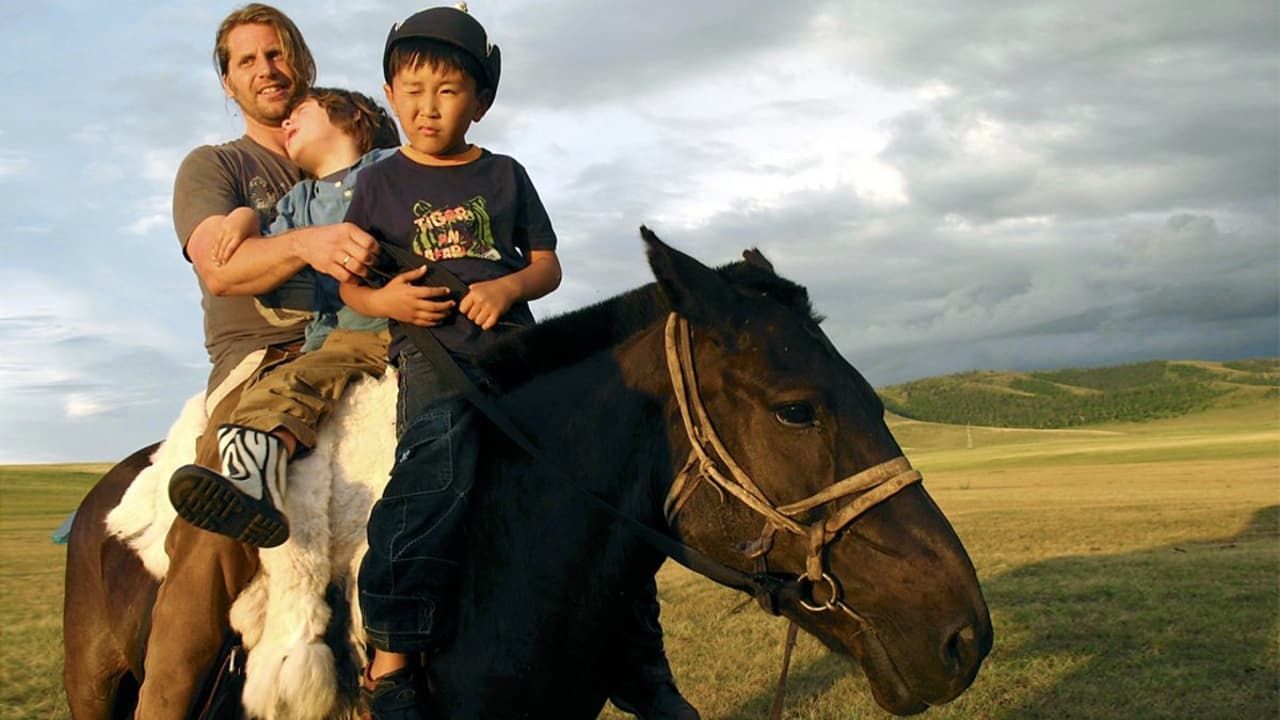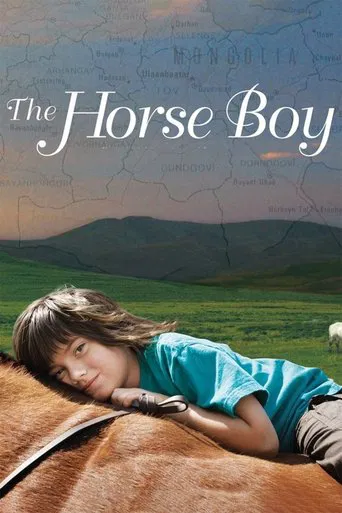

it's slightly odd that i even feel the need to write this... it's about Mr 'rick James' review above. I have nothing to do with anything or anyone in the film, or even autism. I guess I enjoyed the film, especially the Mongolian landscapes. What, on the other hand, struck me as I read that review was how simply deranged he sounded. Having serious personal issues is one thing, but not taming them and then going so far as to write such a pretentious review, wreaking of self-importance and instability like this one, is another thing. I guess I write this as I sometimes tire of fully grown 'normal' people, so clearly suffering from issues they choose to ignore, and who confuse their need to expiate personal venom with a 'review'. It sounds grotesque, and helps no one to understand anything about the film - more about the author's instabilities. In passing, I congratulate the filmmakers on a well made and touching near-zero budget film. We'd be so much poorer if we didn't have such people making these films.
... View Moreplease correct your information on this film, it's shot in Mongolia, not "Inner" Mongolia, a province of China. It's great that the Isaacson's can exploit their son's mental condition to make a movie, but spare us the New Age bull about shamanism. Both parents come across as so self-absorbed that it's no wonder that the kid has tantrums. I'm sure that the parents of children with mental disabilities must wonder how these unlikeable people get to perform for profit. Did Dr. Temple Grandin, Dr. Grinker and the other talking heads really know how silly this movie was going to be. Why did they lend their names and reputations to this?
... View MoreAs one who was already pretty knowledgeable about autism and familiar with Mongolian shamanism, I found these pictures extremely interesting. I haven't seen anything else remotely like this, with its very real scenes of inconsolable tantrums, outrageous drug regimens, traveling with incontinence, frazzled parents, unexpected fondnesses, blue flowers, and frame drums. Sure there's some selective editing going on, maybe even bordering on impressing an overall narrative on a series of events that didn't really flow so linearly. And sure some of the magic is a little hard for our Enlightenment rationalism to just observe without trying to impose some evaluation or judgment. Who cares? In any case gobs of reality show through, and they're much closer to being there than anything else you've ever seen (unless maybe you've watched a whole lot of research footage taken through a one-way mirror). Besides, it's so refreshing to me to finally see a film about autism that does _not_ include a hand flapping scene.I suspect some of the things in this film will seem pretty strange to most viewers, and others will only be grasped superficially; I can't say that for sure, because for me that viewing openness has already gone by and I can't get it back. I'm pretty sure though that enough will be familiar that viewers can retain their bearings - you needn't be concerned about being surreally swept away into some entirely different world.In one scene, some offhand explanatory remarks are offered while mixing the daily drug cocktail. Those comments will probably seem innocuous or unremarkable to most. But if you've already got a laundry list of (mostly wildly speculative) possible autism treatments in your head, it becomes clear they're already trying pretty much all of them.I know from other films that Mongolian scenery can be quite arresting. Some of the landscapes can be achingly beautiful, drawing you into a story all by themselves. But while the landscapes here are indeed striking, they're not drop-dead gorgeous. Maybe it's something about the hand-held camera format, or maybe it's some insufficiency of depth of focus, or maybe the resolution isn't quite high enough, or maybe the timing's too short, or... I'm not enough of a film-techno-freak to figure out why it is - I just know this film's less about the scenery than might be expected. .The philosophy is pretty light: nobody hits you over the head with anything, but in the end there's no question what the parents think either. Personally I already bought into the same philosophy the film presents: given the reality of people with "different" brain structures, societies might be better served by integrating them and making them productive than by trying to divide the "sick" and the "well" by too bright a line. And there's a difference --unfortunately too often lost-- between "curing autism" and "no longer driving folks nuts" (either by mitigating a few problem behaviors or by re-framing reactions to them so they lose their potency).To me, the part that best summarized the point of view was Dr. Temple Grandin reiterating her statement that if she could magically wave away her autism, she wouldn't. Although there's weirdness and uncomfortableness here, there's great value here too.This is not a film about the wider significance, possible epidemic, worldwide incidence, or current medical handling of autism. What it is about is one family that was given some lemons and how they're making lemonade. The biggest message I got was "pay attention!" Not everybody can --or should-- take their child to Mongolia. But everybody can try hard to understand and react to their child just as they really are, and that's what makes all the difference.
... View MoreHappiness, love and understanding!This film brings the beautiful message that the autistic can and will be cured by physical exercise. We all know it's true, and it is wonderful to see depicted in real life. The young boy's turnaround is nothing short of a miracle.The boy rides the horse. He commutes with the goat. He speaks to the chicken.You must take your children to Siberia. Autism, cancer, all will be cured by the horse and the goat. The chicken, not so much.Scientology? No, Science: Totally.
... View More